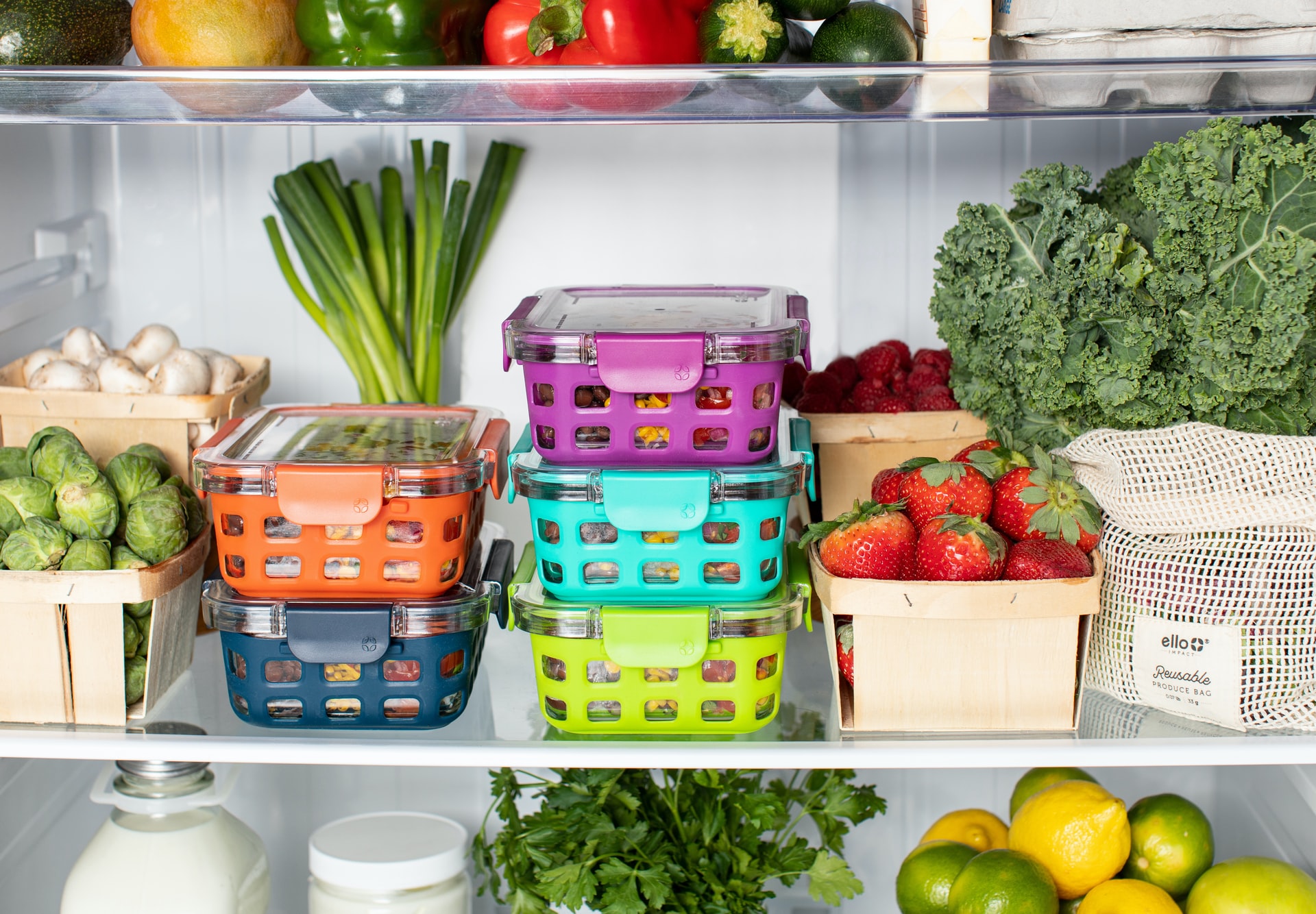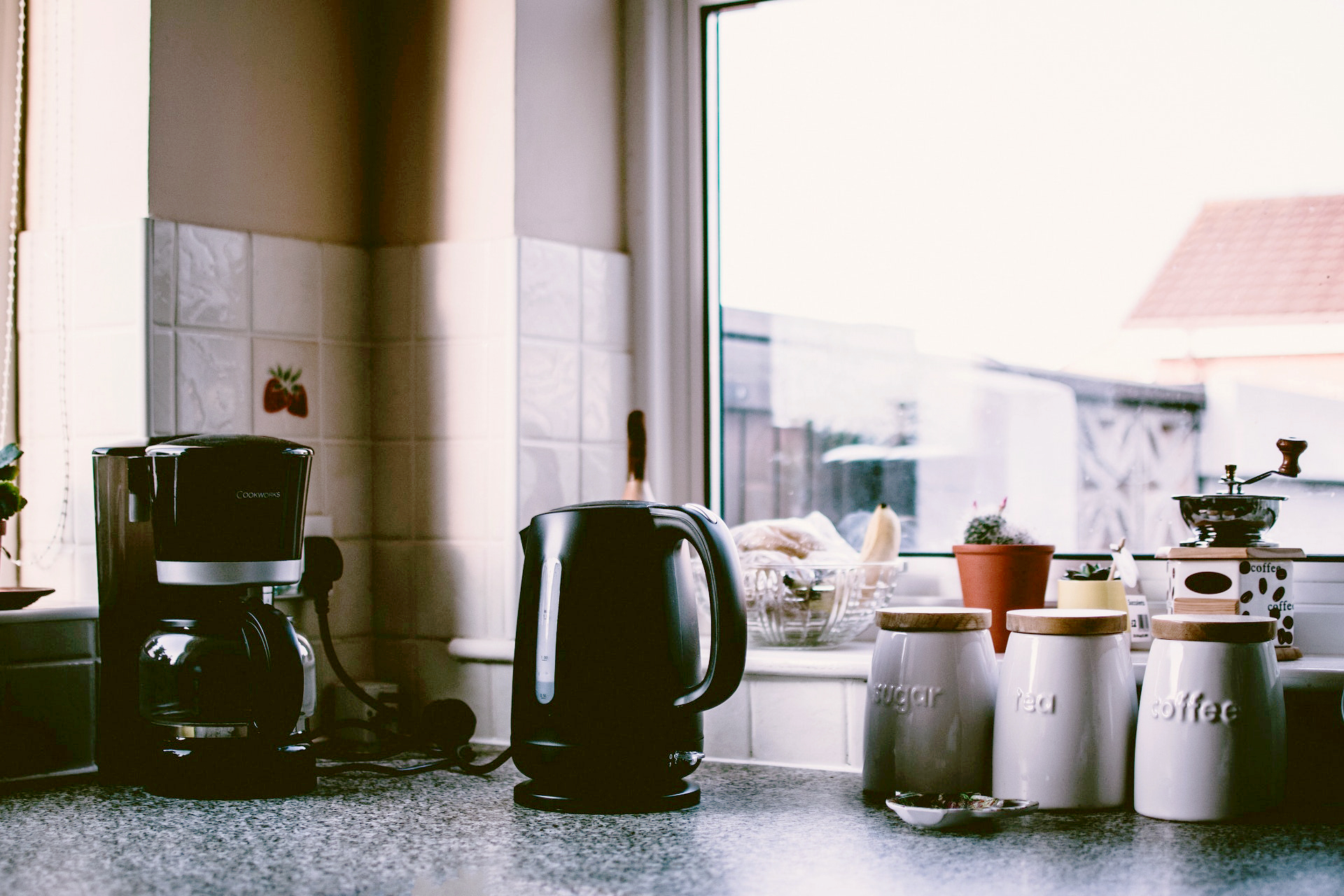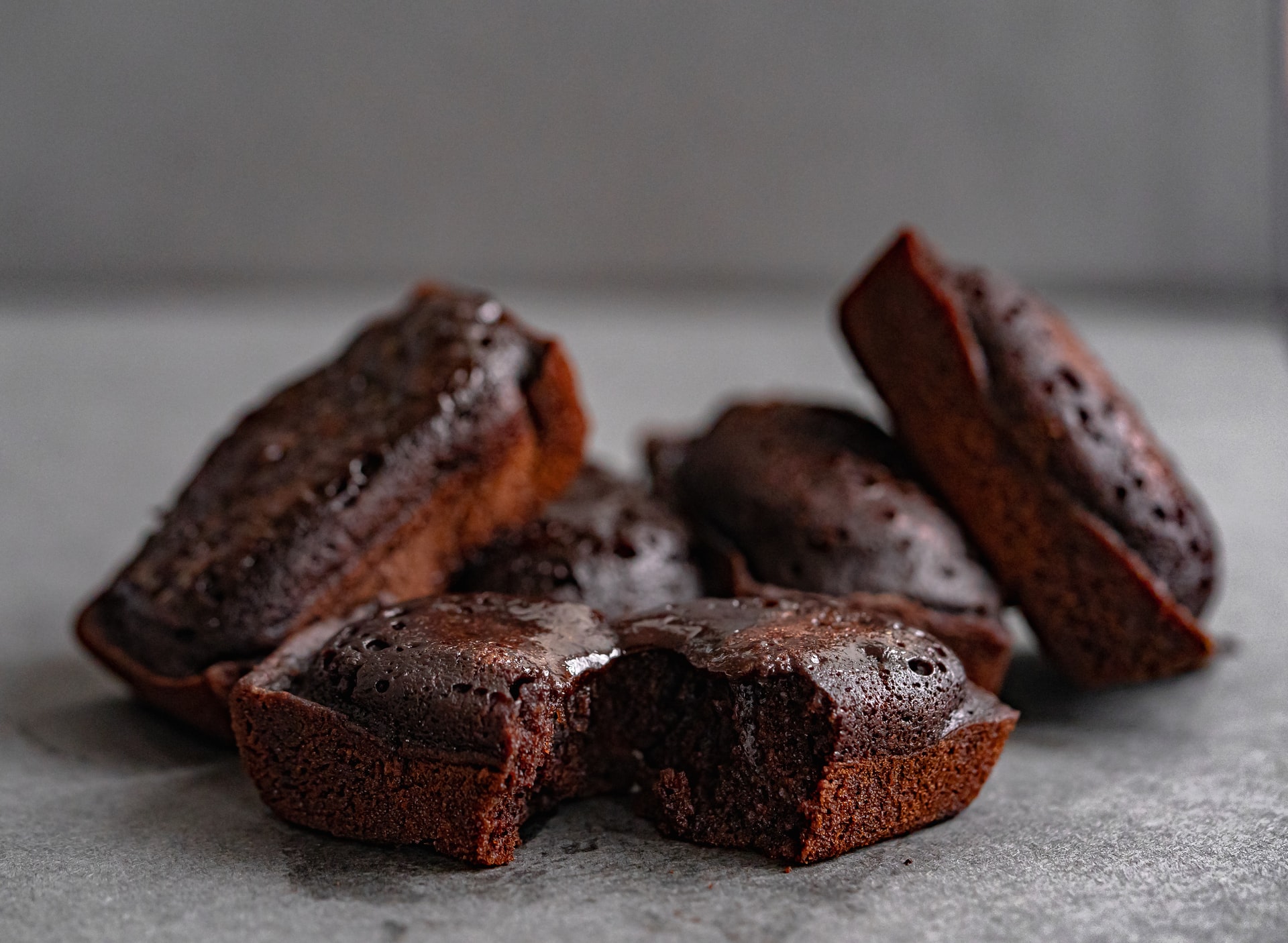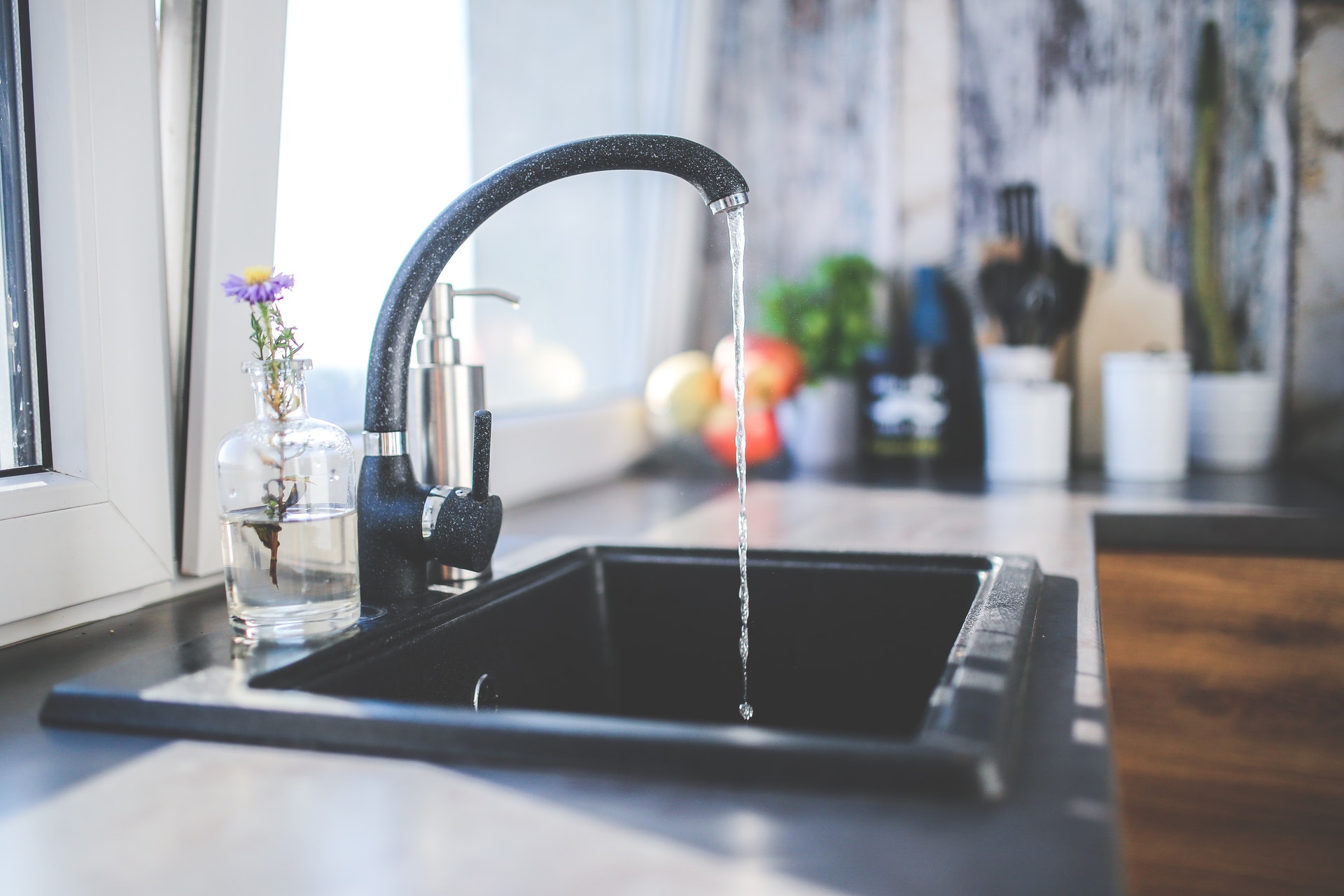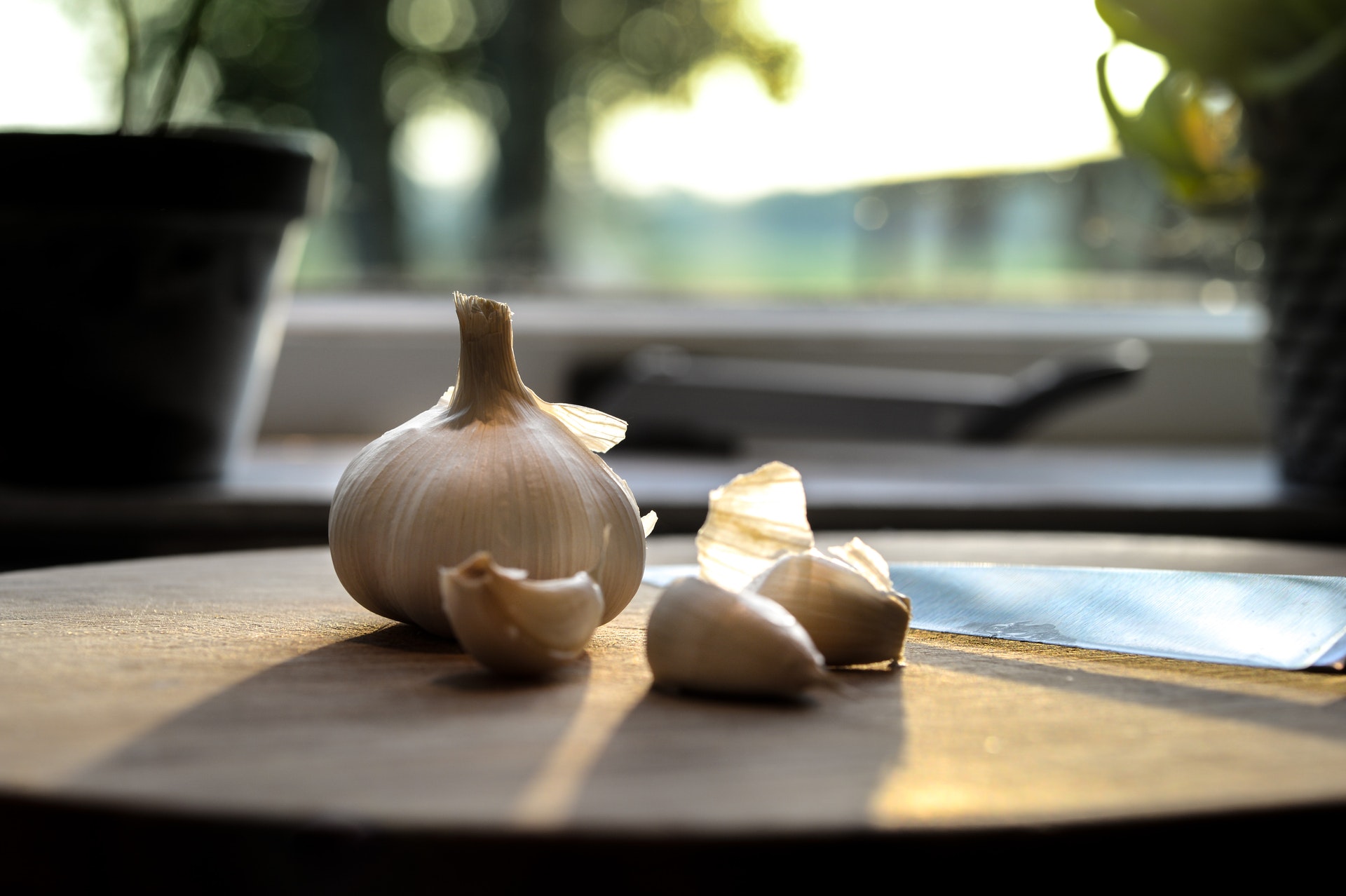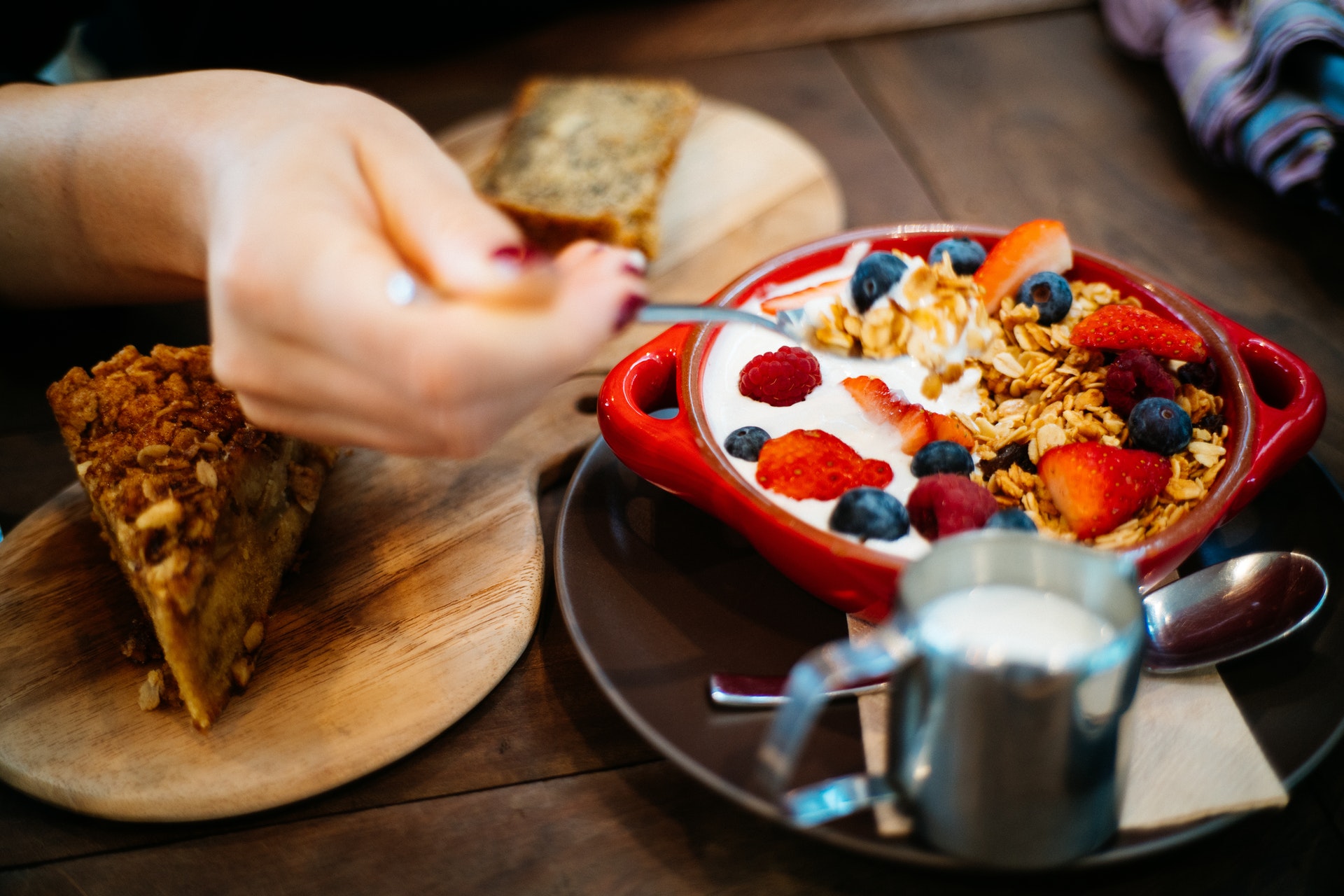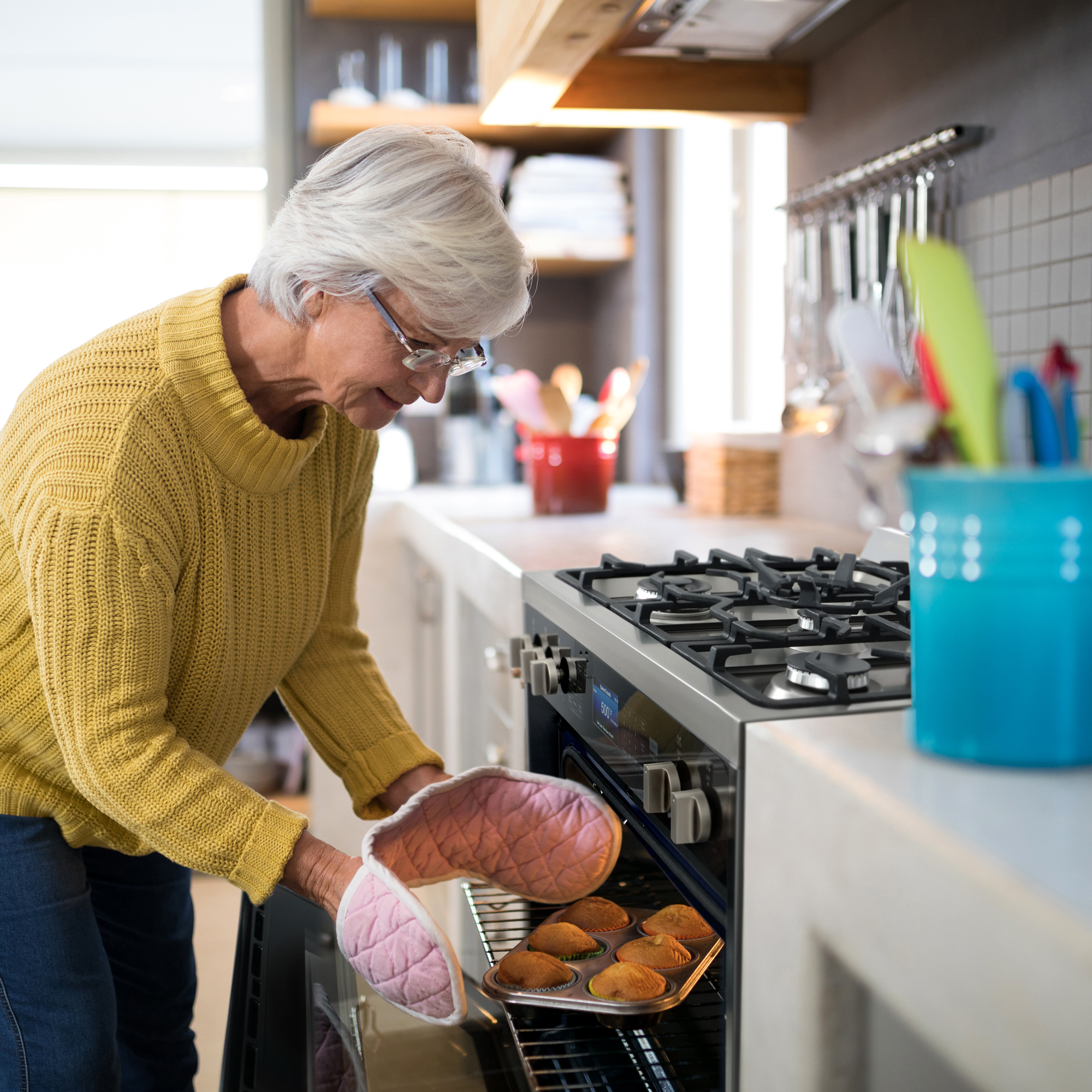Disinfecting Myths Debunked
We’ve talked a lot about cleaning and disinfecting this past year. But it’s valuable to know there may be misinformation floating around. Here are three of the biggest mistakes about disinfecting. Cleaning and Disinfecting Are The Same This myth couldn’t be further from the truth. These two steps are meant to follow one after the other. Cleaning refers to the removal of germs, dirt and impurities from surfaces. This however does not kill germs, but by removing them it lowers their numbers. Disinfecting on the other hand will kill germs on surfaces through the use of chemicals. This doesn’t necessarily clean dirt surfaces but it also reduces the number of germs on a surface. It’s important to disinfect while also cleaning, preferably cleaning first. Leaving dirt or grime behind makes disinfectants less effective. Disinfectants Kill Germs on Contact Immediately wiping down disinfectant with a paper towel is actually doing it a disservice. In order for a disinfectant to be effective it needs a certain amount of time to sit on the surface. Bleach for example requires at least 10 minutes of contact time to kill germs. Clorox wipes need to leave the objects that they’re treating wet for four at least minutes. Be sure to read the label of your disinfectants to find that required “dwell time”. Disinfectants Provide Lasting Protection Any surface you disinfect will only stay that way until someone else comes along and touches it again. Germs will come back, so it’s crucial to maintain a clean and disinfected environment to ensure the least amount of germs. Source: the Kitchn


